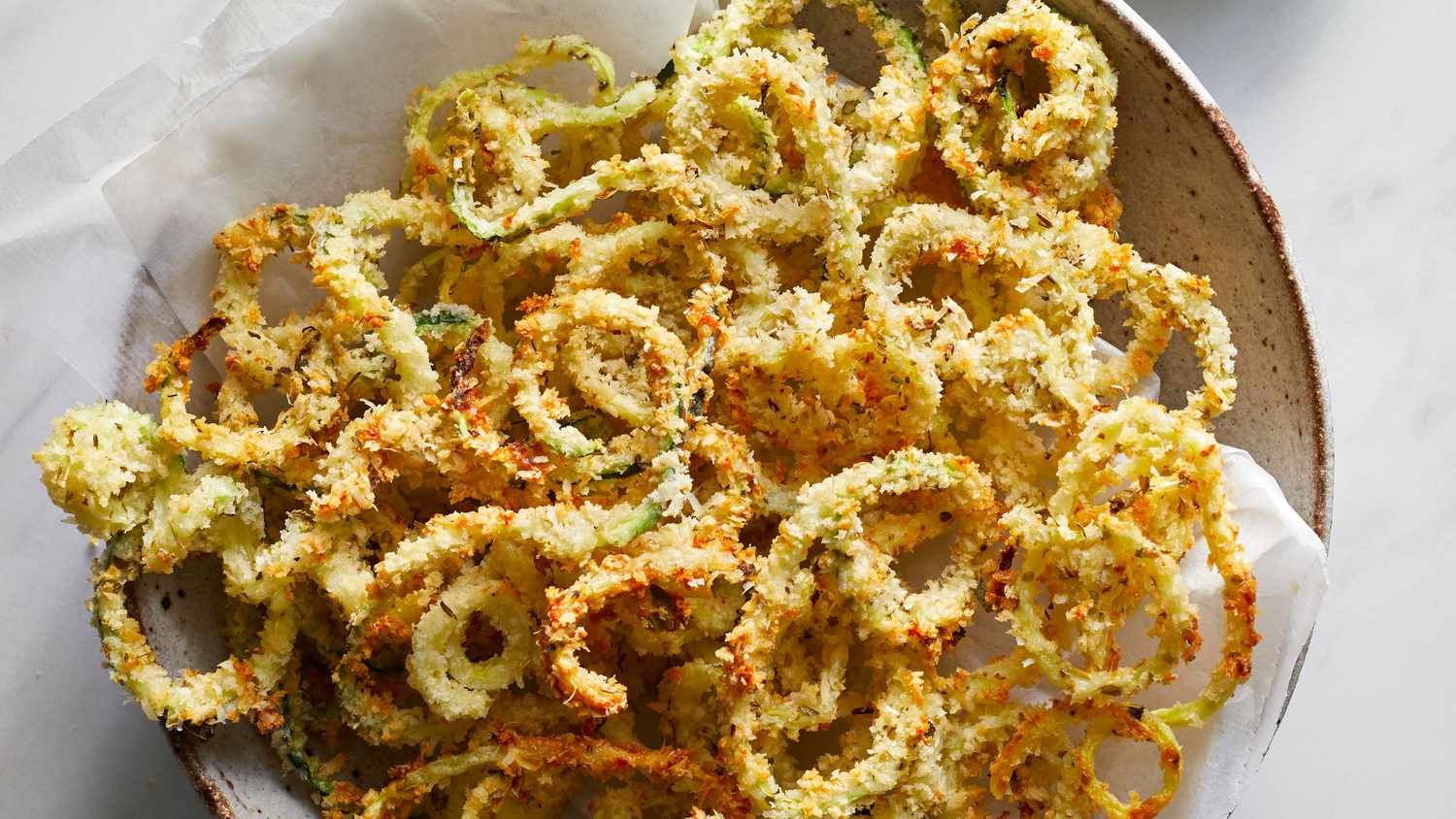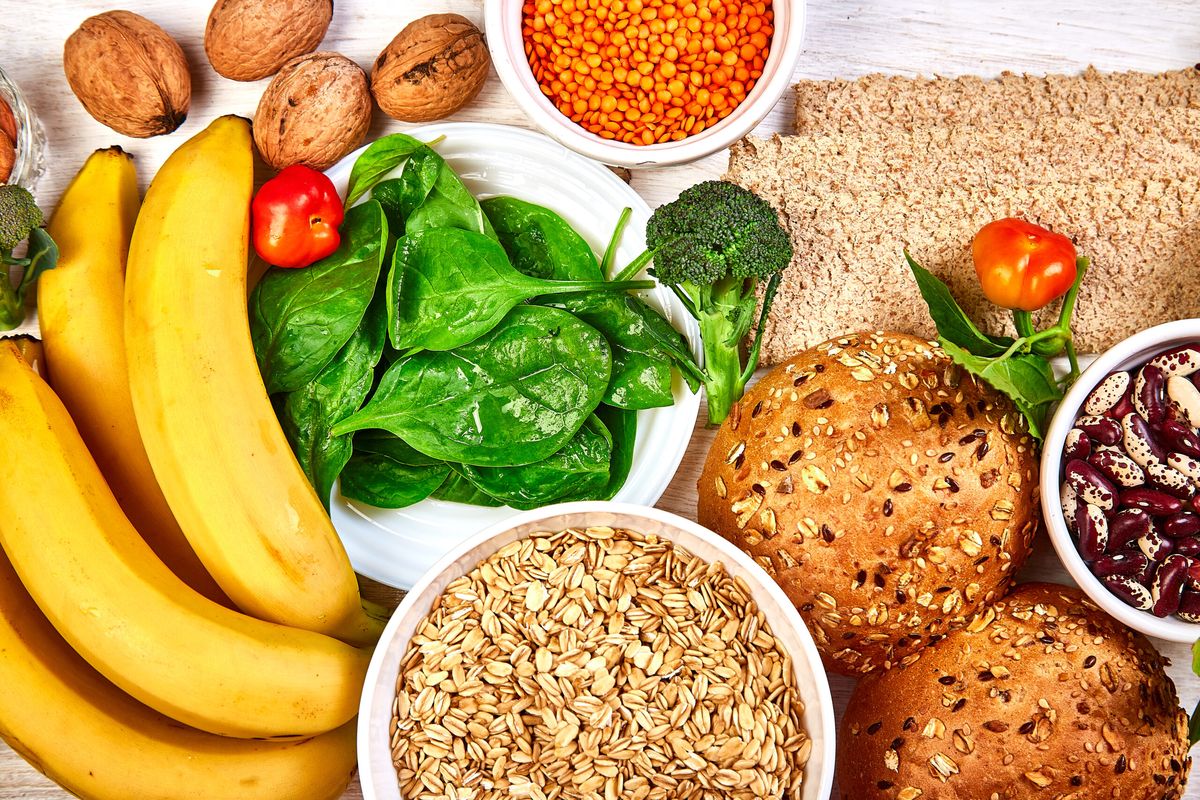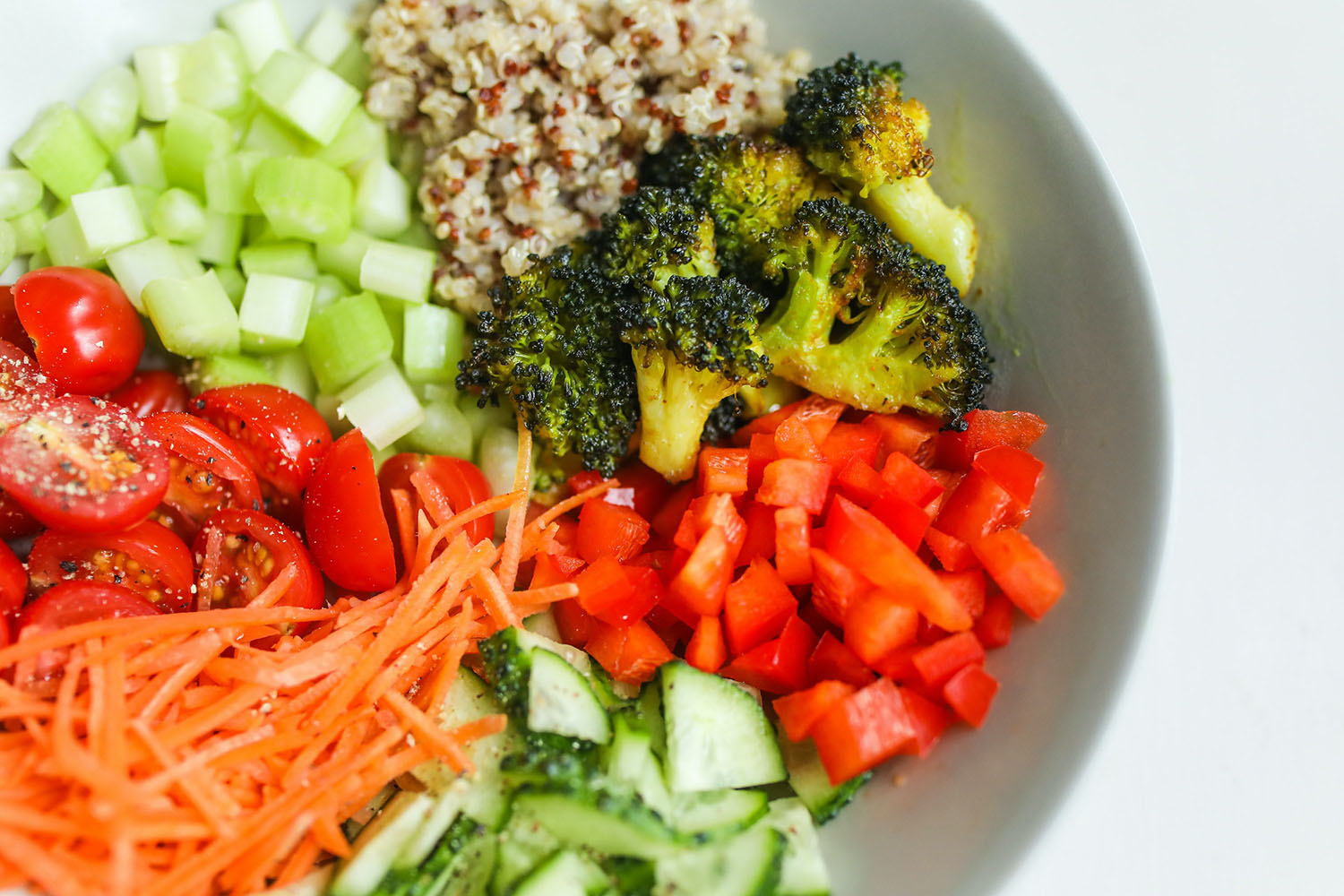5 Tips for Eating Healthier
Are you looking to improve your eating habits and lead a healthier lifestyle? Making small changes to your diet can have a big impact on your overall well-being. Here are 5 tips to help you eat healthier:
- Fill Up on Fruits and Vegetables: Incorporating more fruits and vegetables into your meals is a great way to boost your nutrient intake. Aim to fill half of your plate with colorful fruits and veggies at each meal.
- Choose Whole Grains: When it comes to grains, opt for whole grain options such as brown rice, quinoa, and whole wheat bread. Whole grains are rich in fiber and can help keep you feeling full and satisfied.
- Include Lean Proteins: Incorporating lean proteins such as chicken, fish, tofu, and legumes into your diet can provide essential nutrients while keeping your calorie intake in check.
- Limit Processed Foods: Processed foods are often high in added sugars, unhealthy fats, and sodium. Try to limit your intake of processed snacks and meals, and opt for whole, unprocessed foods whenever possible.
- Stay Hydrated: Drinking an adequate amount of water is essential for overall health. Aim to drink at least 8 glasses of water per day, and more if you are physically active.
Healthy Eating Habits for Success
Developing healthy eating habits is key to maintaining a nutritious diet. Here are some habits to incorporate into your daily routine:
- Plan and Prepare Meals: Planning and preparing your meals in advance can help you make healthier choices and avoid reaching for convenient, but less nutritious options.
- Practice Mindful Eating: Pay attention to your body’s hunger and fullness cues. Eating slowly and savoring each bite can help prevent overeating.
- Read Food Labels: Understanding what’s in your food is important for making informed choices. Pay attention to serving sizes, ingredients, and nutritional content when reading food labels.
- Listen to Your Body: Your body knows best when it comes to hunger and fullness. Learn to listen to your body’s signals and eat when you’re hungry, stopping when you’re satisfied.
- Seek Support: Surrounding yourself with a supportive community can help you stay motivated and accountable on your journey to healthier eating.
Healthy Eating is a Lifestyle
Remember, healthy eating is not about strict dietary limitations or depriving yourself of the foods you love. It’s about making small, sustainable changes that can lead to a healthier lifestyle in the long run. By incorporating more whole foods, staying mindful of your eating habits, and listening to your body’s needs, you can achieve a balanced and nutritious diet.
Start by implementing one or two of these tips at a time and gradually build upon them as you become more comfortable with your new eating habits. With patience and consistency, you can make healthy eating a natural part of your daily routine.
Here’s to your health and well-being!











